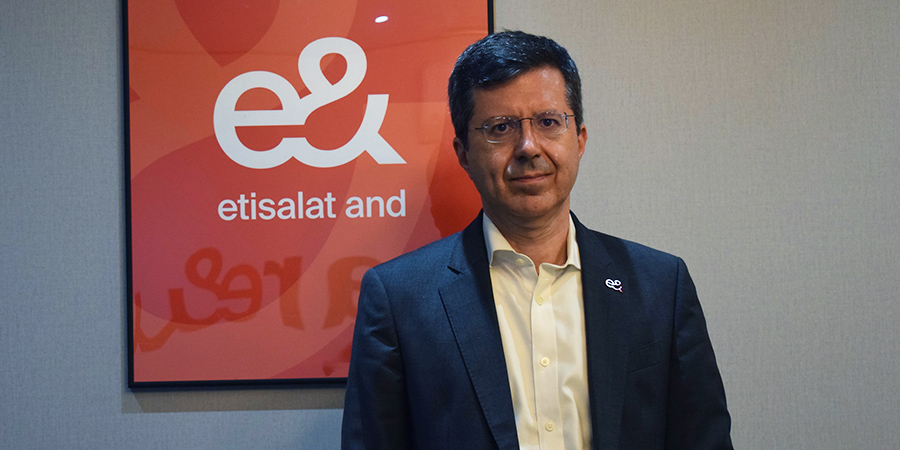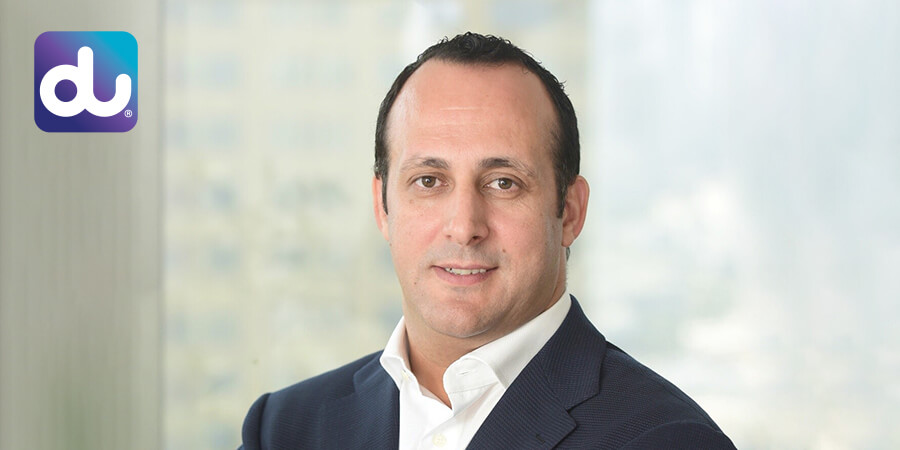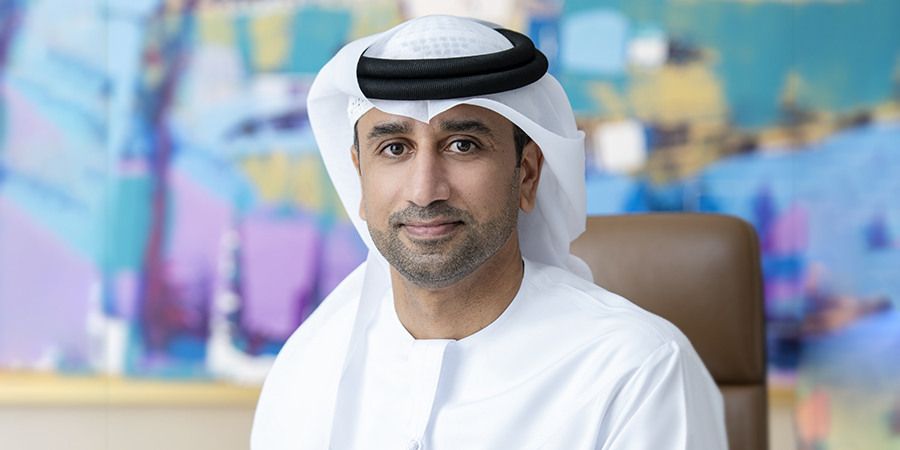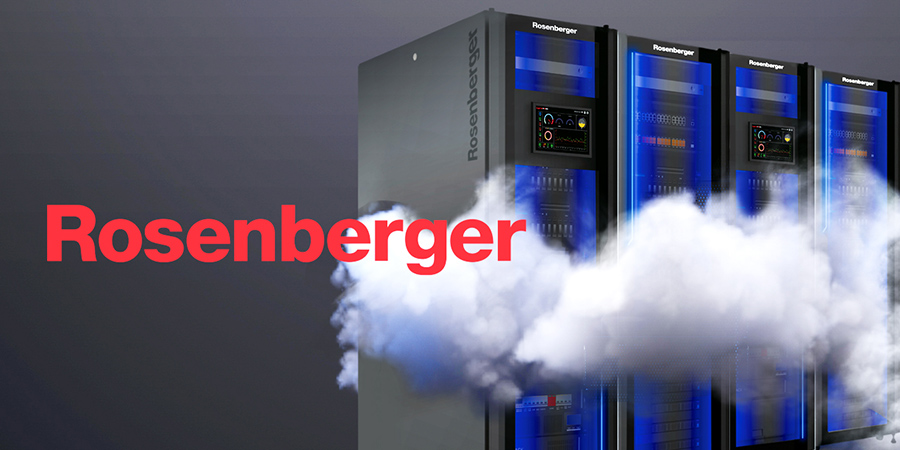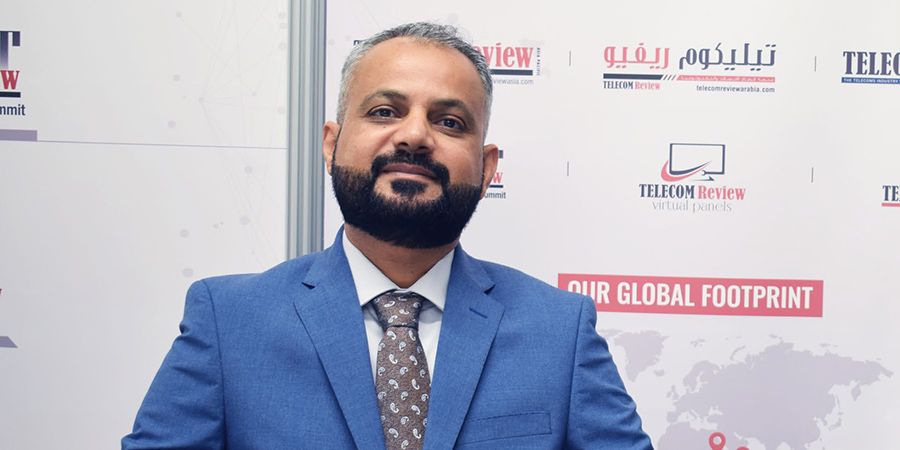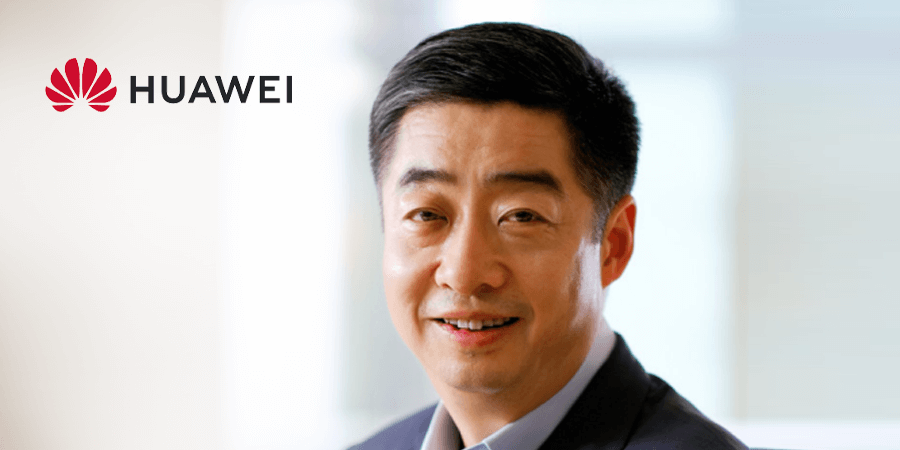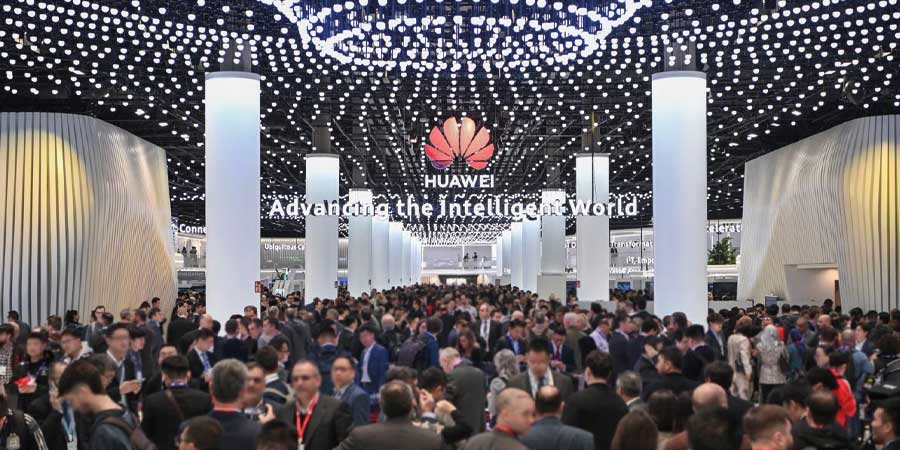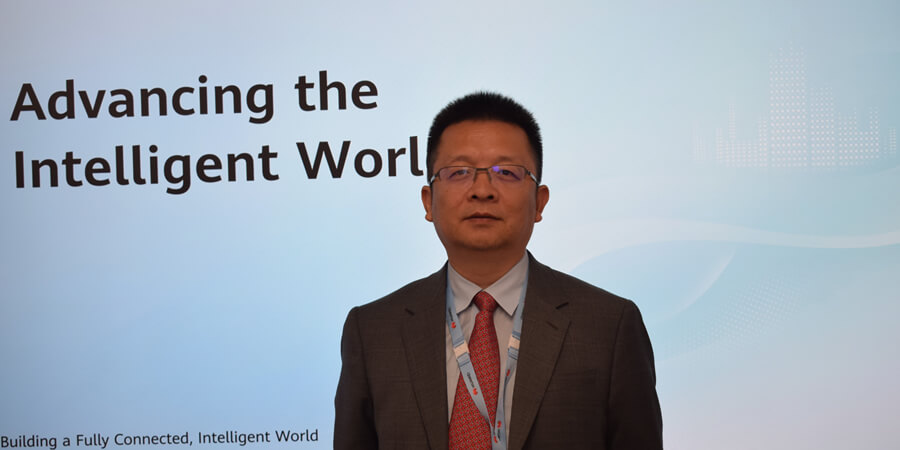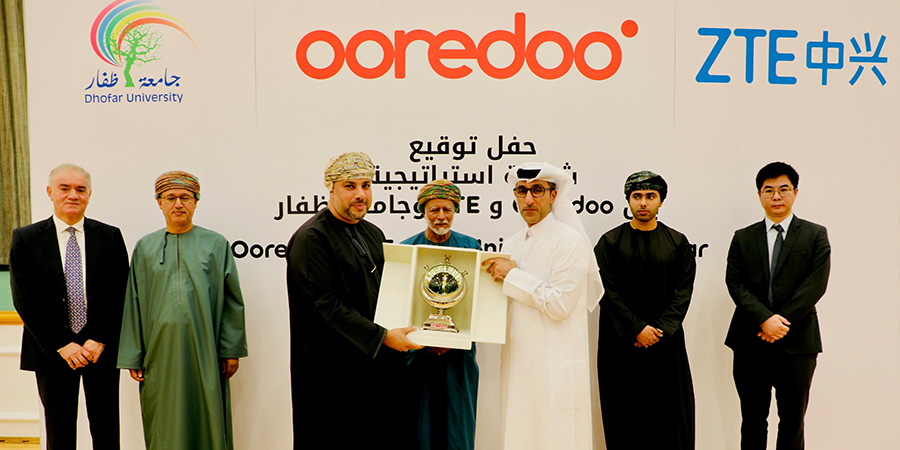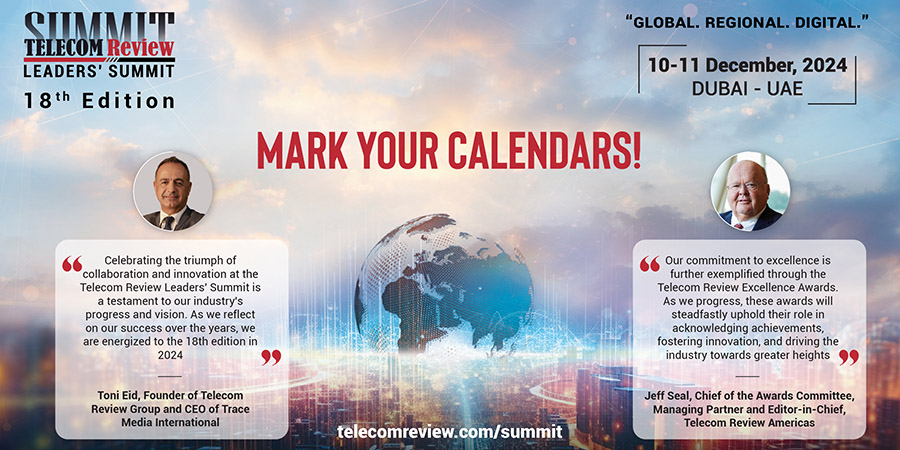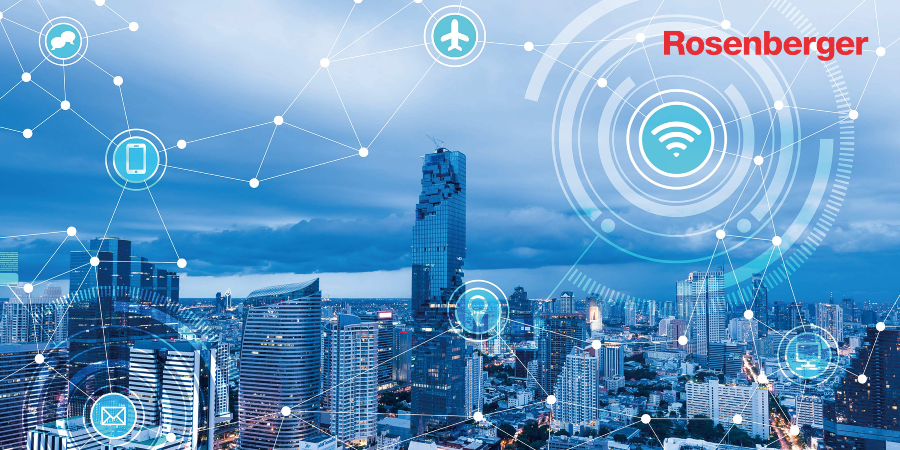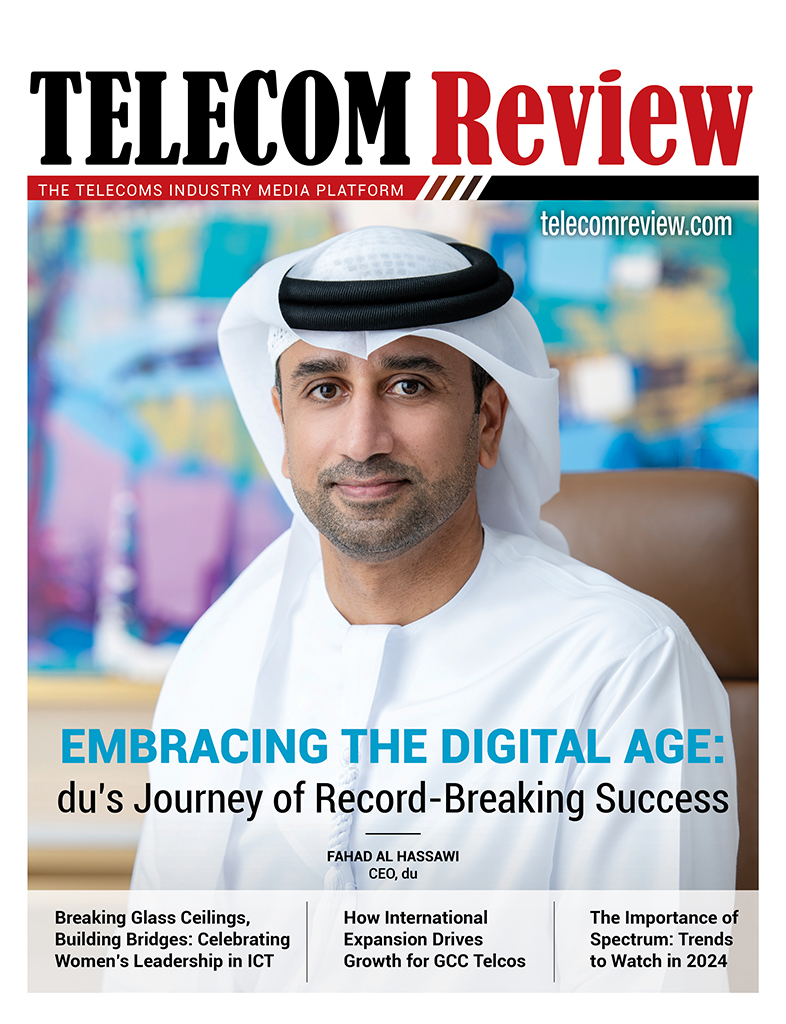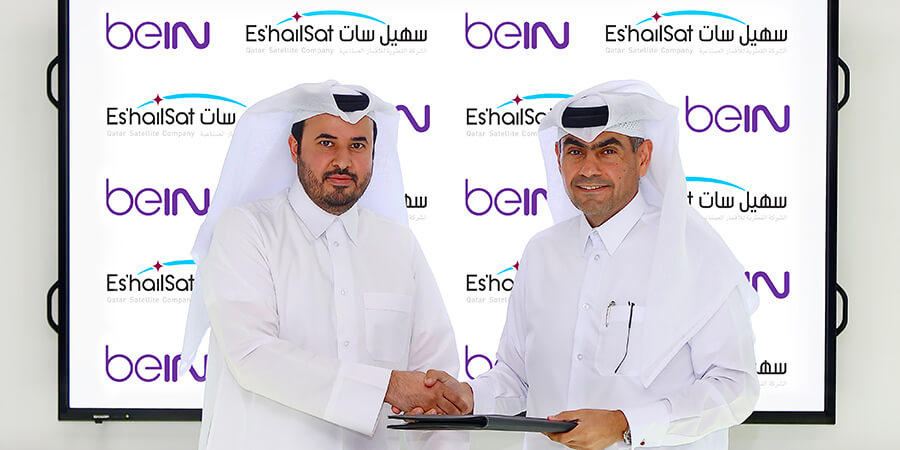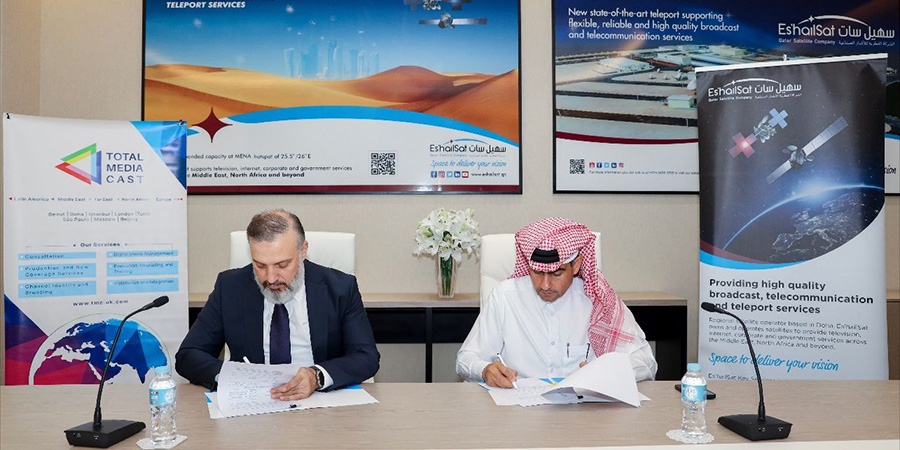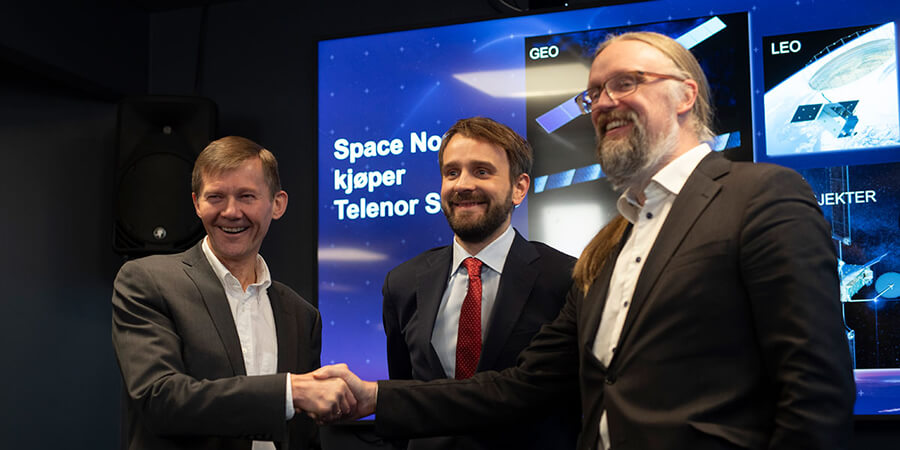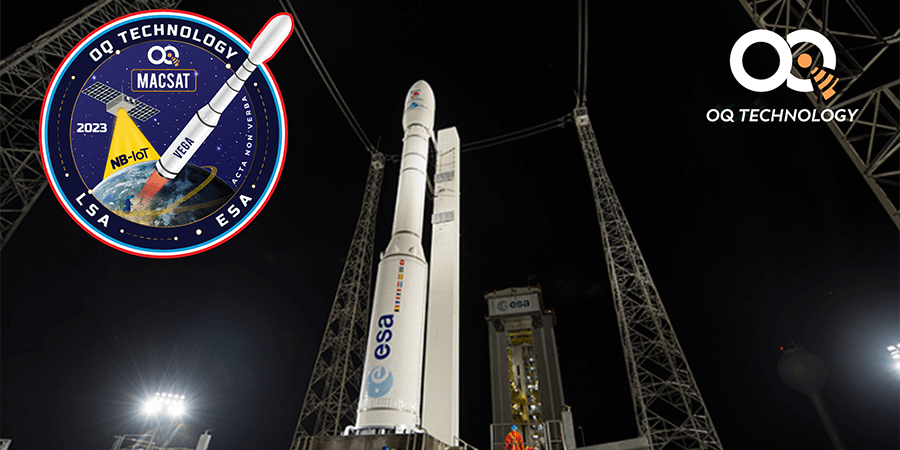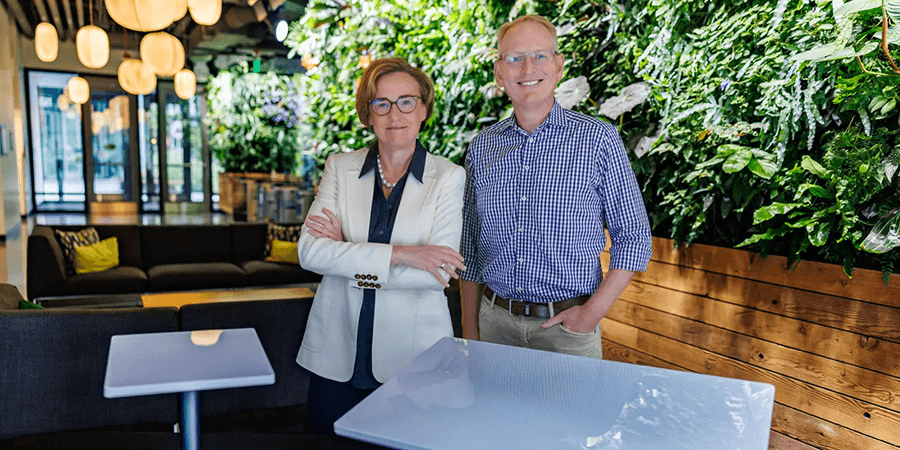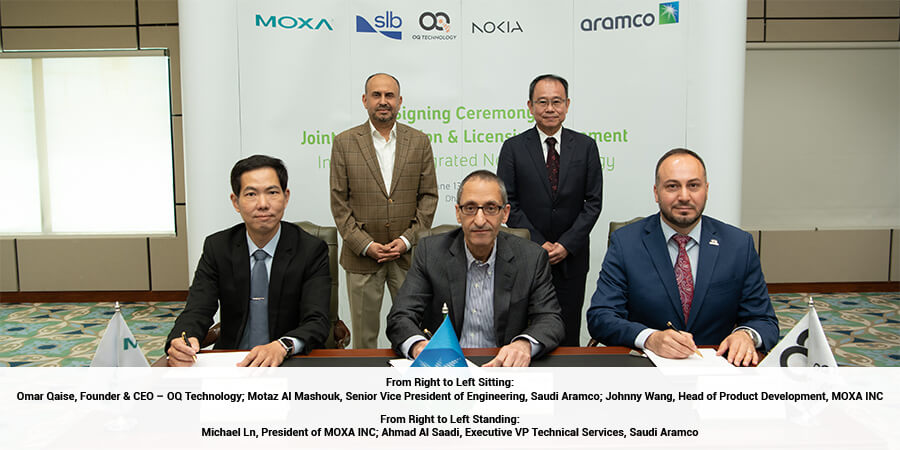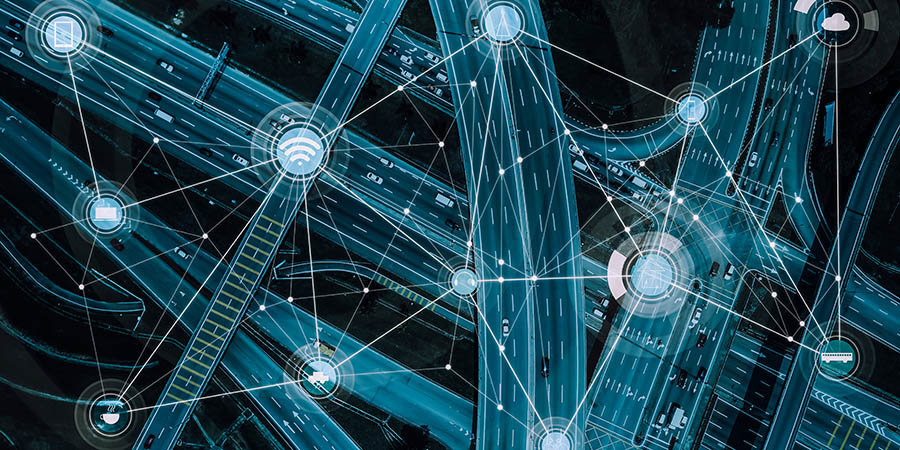Buildings are important to us; we spend a large portion of our lives inside buildings. Indeed, the Royal Institute of British Architects has stated that we spend an average of 20 hours each day inside commercial or residential buildings. As the planet's population continues to expand beyond the current seven-and-a-half billion people, so too will the buildings in which we live and work. They will naturally become more numerous but also more dense (people per area) as land value increases. Estimates for the total number of buildings in the world vary, but a rough estimate is that there are at least one billion buildings across the world. Whichever way we slice and dice the data, it is clear that buildings, particularly those in which we work, are a vital part of our lives.
Last year we highlighted trends pertaining to the internet of things (IoT), sensor networks, Category 6A and fiber technologies, all of which have become more topical this past year, especially in buildings. Here is a summary of what I believe are some of the key trends influencing intelligent buildings as we move forward into 2016.
People are obsessed with their mobile phones and see indoor wireless coverage as important as having access to water and electricity. Although there are about two billion smartphone users globally and about 80 percent of cellular data sessions originate or terminate inside a building, 98 percent of commercial buildings do not have dedicated systems to guarantee reliable indoor cellular coverage. Why is that?
CommScope recently commissioned a study, carried out by research firm Coleman Parkes, to find out. We surveyed the professionals who design and manage buildings-including building managers, facilities managers, real estate managers and architects-to explore their attitudes and insights about enterprise mobility.
The results show that, whilst the driving force for reliable cellular connectivity in a building is clear, the reality on the ground is that stakeholders are not invested enough in dedicated indoor systems. This is especially surprising considering that survey respondents estimated the value of a property could increase by an average of 28 percentwith the implementation of a dedicated in-building wireless system.
The commercial imperative for investing in dedicated in-building wireless systems is becoming clearer as challenges associated with system costs and technical complexity are confronted and overcome. Cellular connectivity in the building is now as important as making available any basic utility for a building. After all, would you refuse to invest in a water supply within your building because it was deemed too expensive or complicated to do?
Engaging with architects, facilities managers and enterprises at an early stage will ultimately save money - as well as providing an enhanced user experience.
The need for energy efficient low voltage power in buildings
Power loads in commercial buildings are increasing; much of this is due to the proliferation of active field devices such as: wireless access points and in-building wireless antennas; internet protocol (IP) network cameras and VoIP phones; LED light and environmental controllers.
Understanding how we power these devices efficiently and effectively in a building is a growing challenge. Traditionally the power supplied to buildings has been alternating current (AC) which is then stepped down or converted to direct current (DC) using inefficient transformers/rectifiers in order to power devices inside buildings. However, with governments now demanding that carbon dioxide emissions associated with buildings be minimized, attention has turned to improving the efficiency of low voltage power distribution network inside buildings.
In most instances, active devices in buildings are IP-enabled, driven by the need for convergence. For these devices, power can be provided via low (or extra low) voltage DC. For decades, Ethernet cabling deployed for data network connectivity in buildings has also provided DC power, an approach that has the benefit of being standards-based. IEEE Power over Ethernet (PoE) 802.3af and IEEE Power over Ethernet Plus (PoEP) 802.3at are the current standards. An IEEE taskforce is now discussing the next evolution of the PoE standard (IEEE 802.3bt) with a stated aim of 49W minimum power levels and a likely maximum of 100W. Power over HDBase-T (POH) is another approach developed by an alliance of consumer electronics manufacturers that offers a maximum power level of 100W. As DC power levels increase more and more, different IP devices will emerge, driving the need for even more efficient low voltage DC power in buildings.
Environments that improve the employee or tenant experience
The office is no longer only a place to go to work between the hours of nine to five, but also a venue where employees collaborate, create and connect at any time. Businesses understand that, in a globally competitive world they will attract employees and tenants by offering a 'best in class' work space that positively influences health/wellness and productivity.
In fact, respondents to the Coleman Parkes survey titled, ""Wireless in Buildings: What Building Professionals Think"", cited indoor wireless coverage as having benefits for the enterprise tenant, including an increase in workforce productivity (77%), supporting the recruitment of more talented individuals (46%) and even attracting more visitors (39%). Two-thirds of respondents also rated indoor wireless connectivity as 'essential' for employees.
To improve an environment we need to understand its current state; this means being able to measure environmental, space and energy metrics. Embedding increasingly sophisticated sensor technology into the fabric of a building enables this data to be instantly collected, processed and acted upon. This approach offers:
- - Capability to automatically manage space relating to desk sharing (hot desking) or conference rooms in a user friendly and optimized way
- - Management of ambient room/building conditions, including light level, temperature and humidity, for more comfortable and productive working environments
- - Ability to help minimize a building's carbon footprint by optimizing energy consumption in real-time; thereby improving not only operating costs but also corporate social responsibility indices or ""green"" credentials.
Integrated Workplace Management Systemsand other software platforms will feed off this type of data to help create a superior workplace.
The workplace of the future will have a plethora of choices for connecting, and dedicated indoor cellular systems will become the norm in buildings of all sizes.
Integrating devices on a common network infrastructure
The IoT is a tangible phenomenon. If you look around any commercial building, you will notice hundreds, if not thousands, of connected devices. The reduction in costs, sensor miniaturization, plus advances in device connectivity capability has enabled a massive network of interconnected devices. However, as the IoT concept mushrooms, so do its challenges.
Going back just a few years, a commercial building had multiple, proprietary subsystems for its various management systems. The dominance of IP networking and associated global standards (like IEEE 802.3) across almost all aspects of technology has allowed all building management systems and associated devices to be interconnected through common wired or wireless infrastructure.
There is a myriad of connected devices, but are they communicating? The lack of a generally accepted protocol for device-to-device communication leads to inefficiencies. This communication 'failure' means that buildings are 'dumber' than they should be. Interoperability standards are progressing, with the AllSeen Alliance and the Industrial Internet Consortium being two of the larger groups working on this.
Devices that speak the same language and utilize the same network infrastructure can aggregate and process real-time data about their immediate environment in a highly efficient way.
As we move into 2016, I am convinced that buildings are more important to us than ever before, affecting not only our professional lives but also much of what we do personally. Organizations will start tackling the challenge of not just gathering the data, but making better use of that data to make better decisions to improve the efficiencies of the building and the people living or working in it.
By Anis Khoury, operations manager, MENA Distributed Coverage & Capacity Solutions (DCCS)



